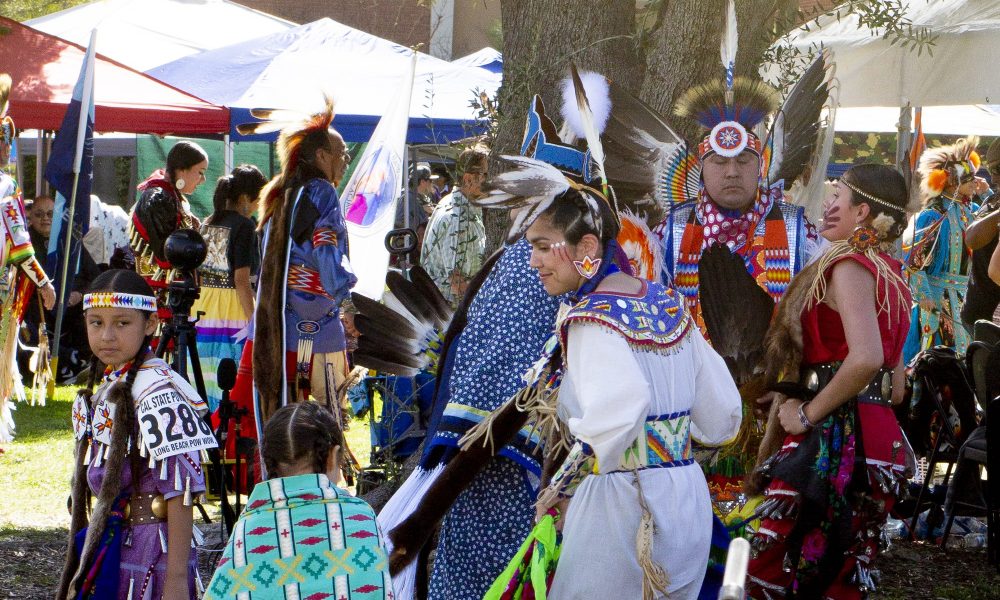Drumming and singing echoed through Long Beach State’s upper campus as Native American culture was on full display during the 51st annual Pow Wow weekend.
Kicking off Saturday morning, CSULB’s annual Pow Wow highlighted the traditions of Native American people from across the nation, hosting ceremonies and Indigenous vendors.
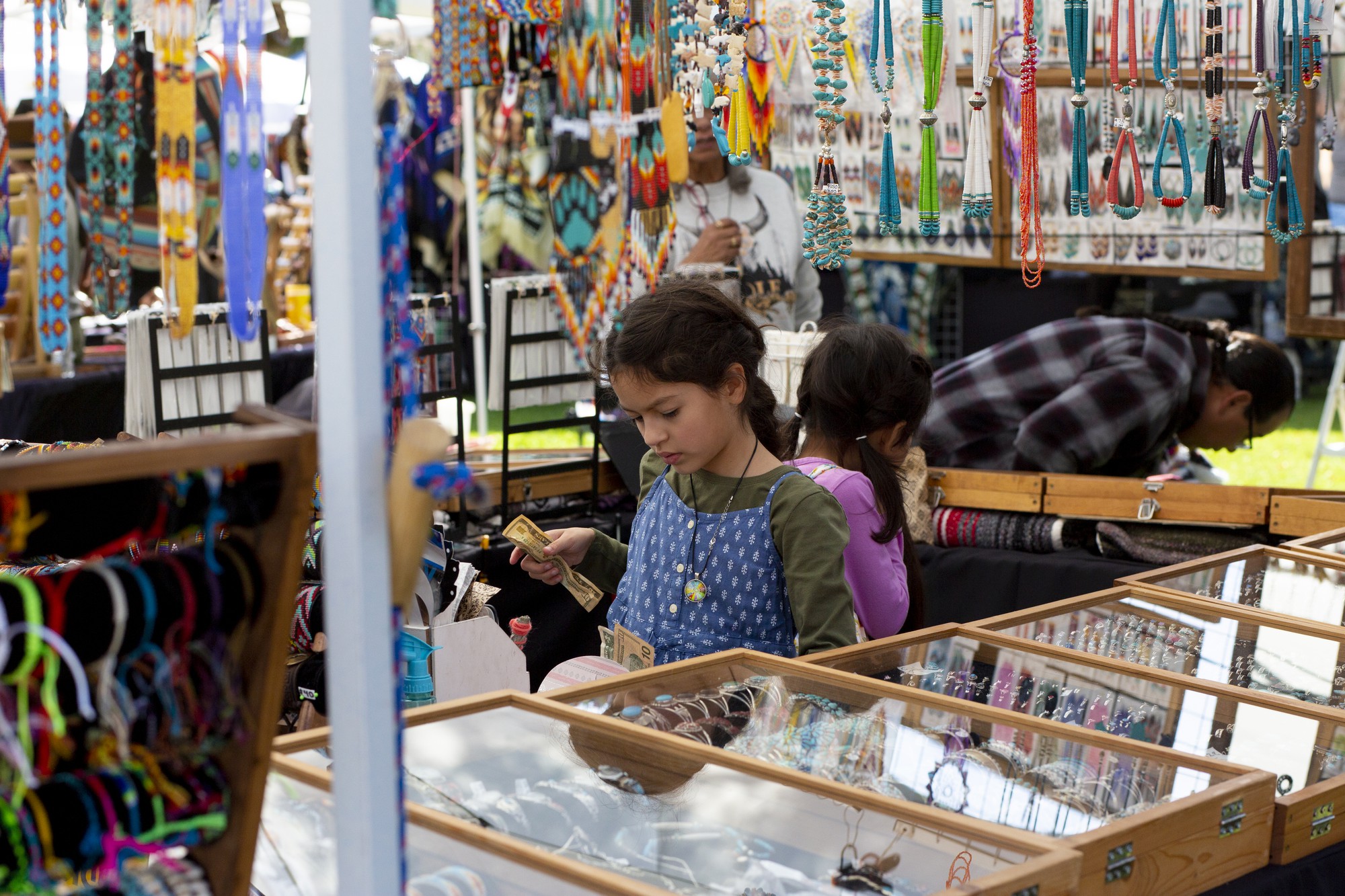
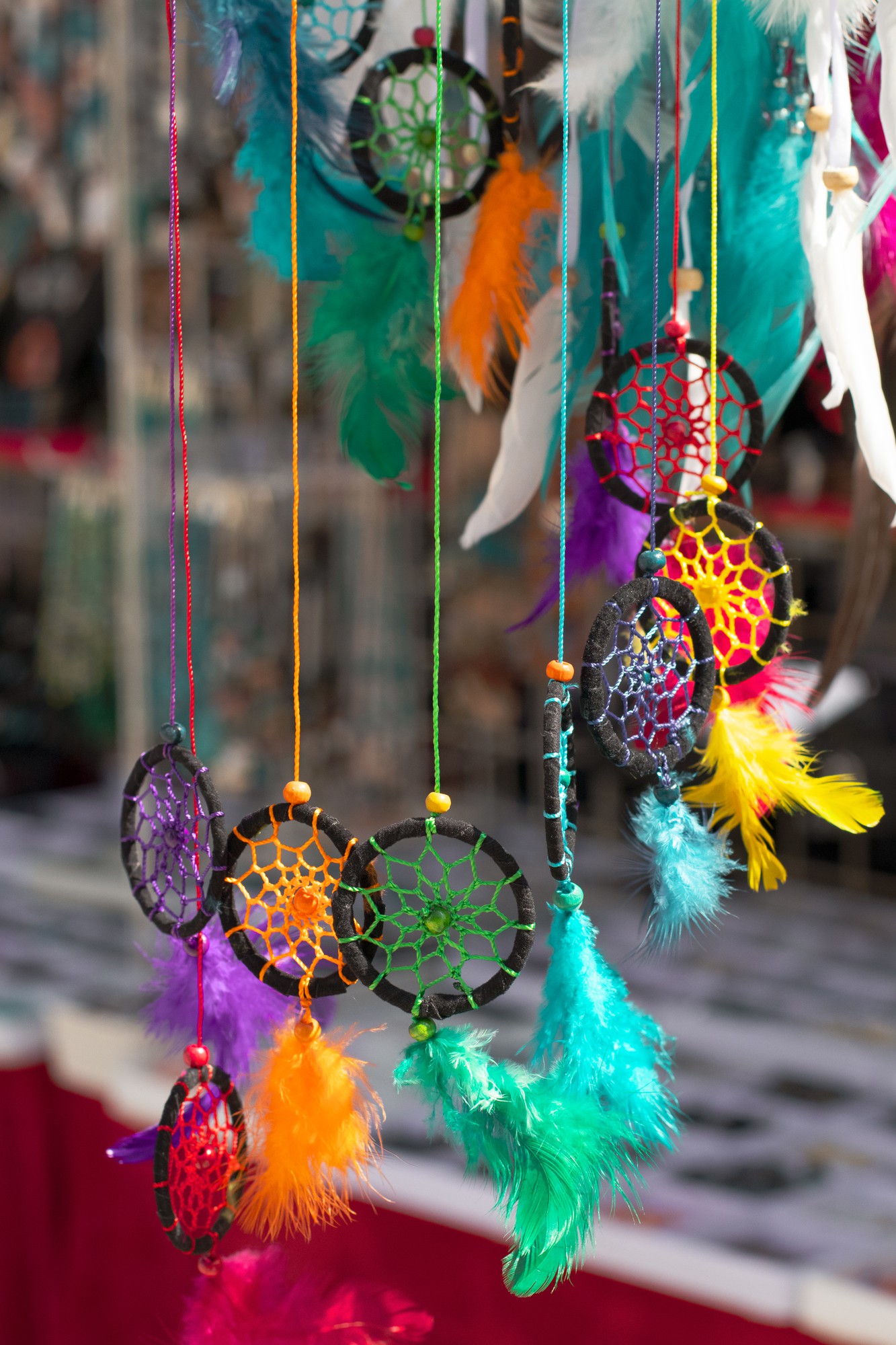


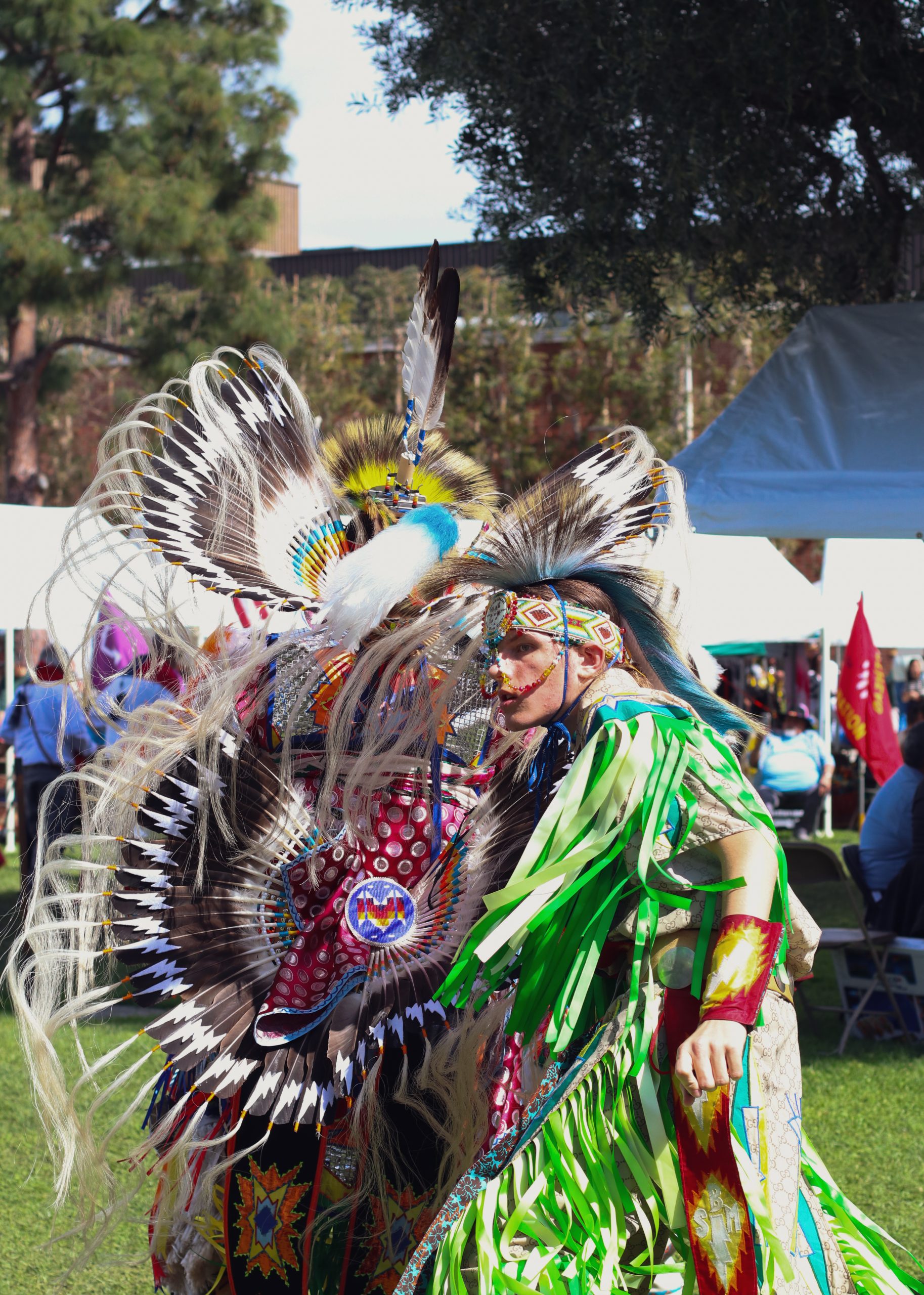
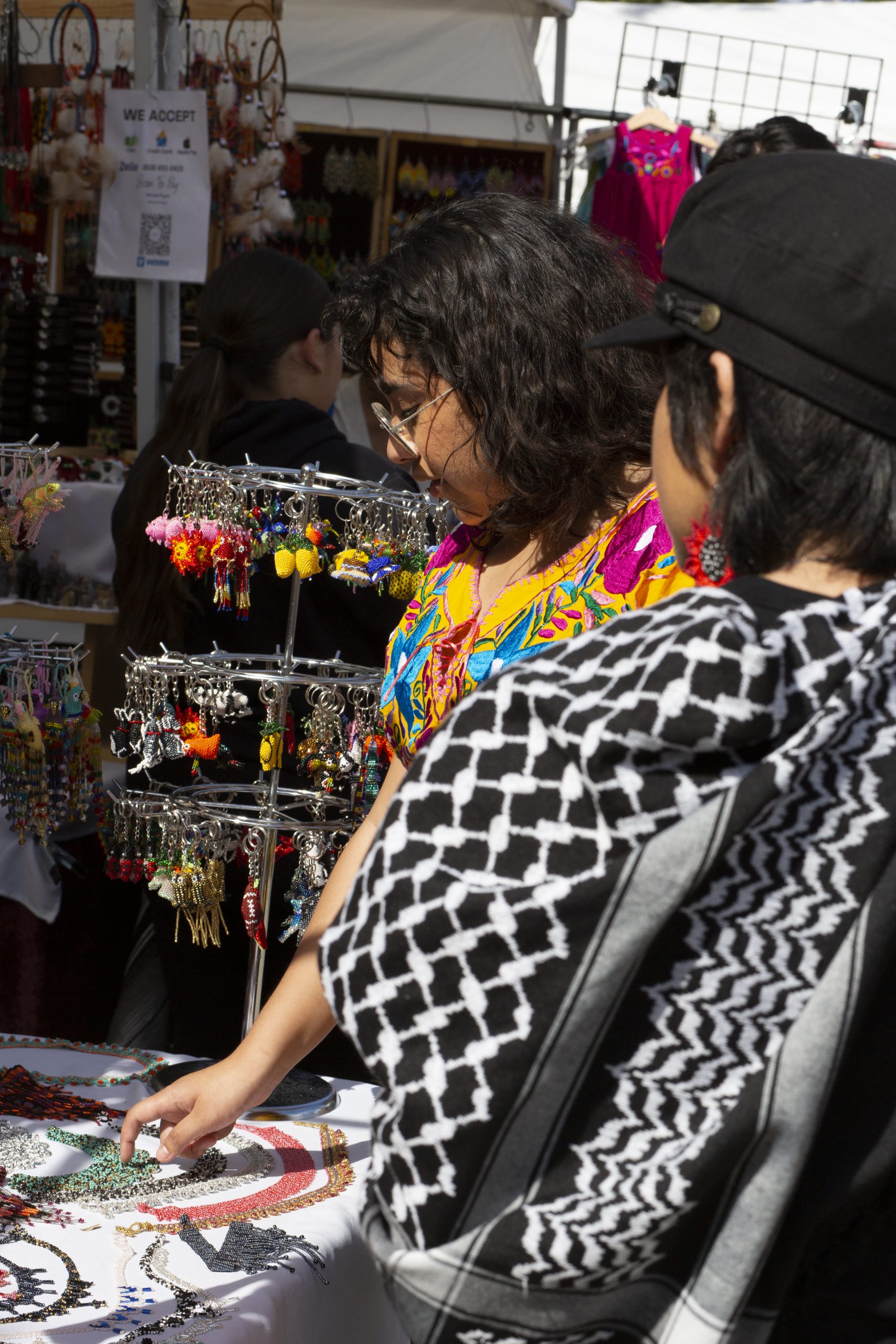

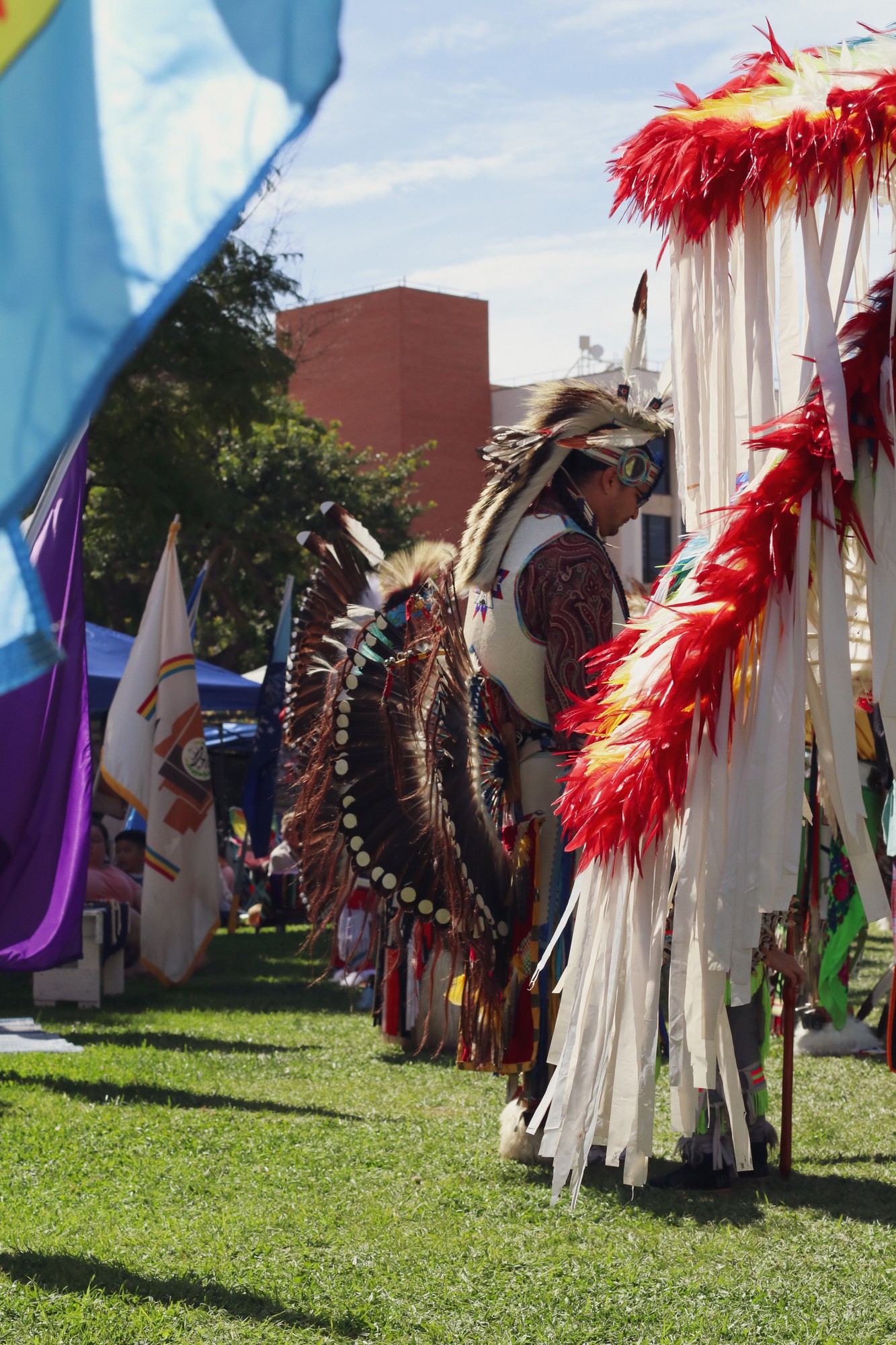
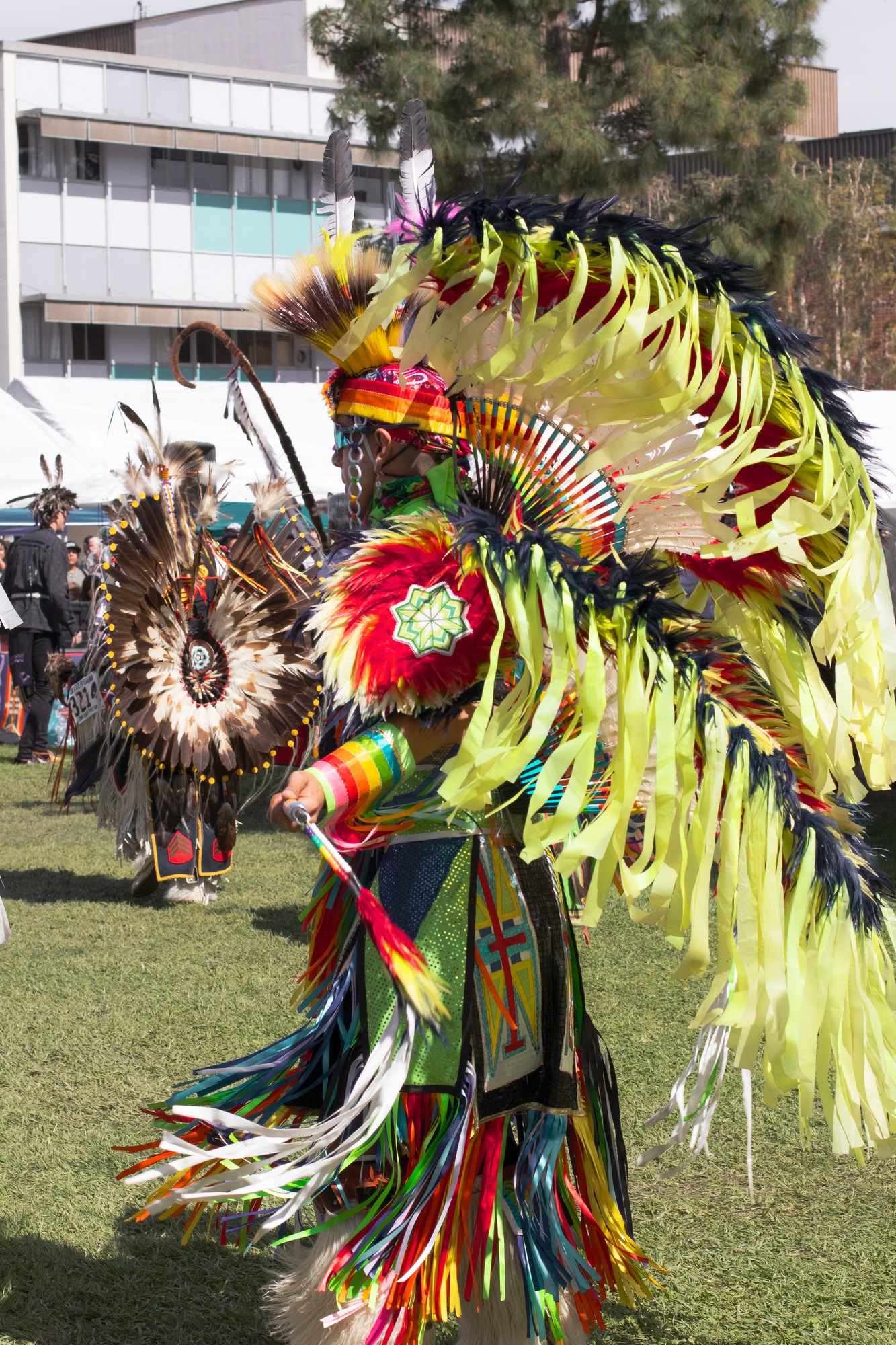
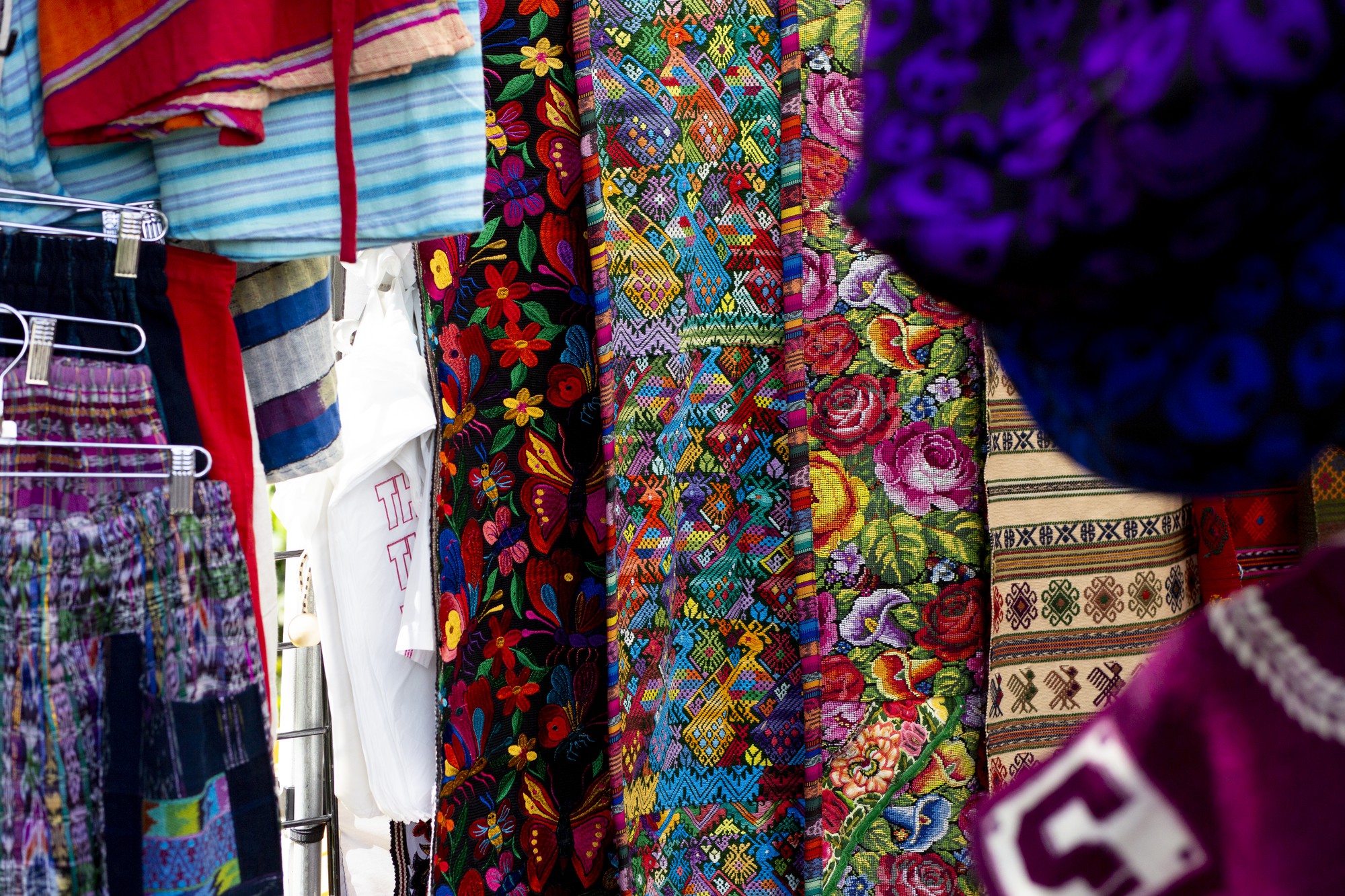
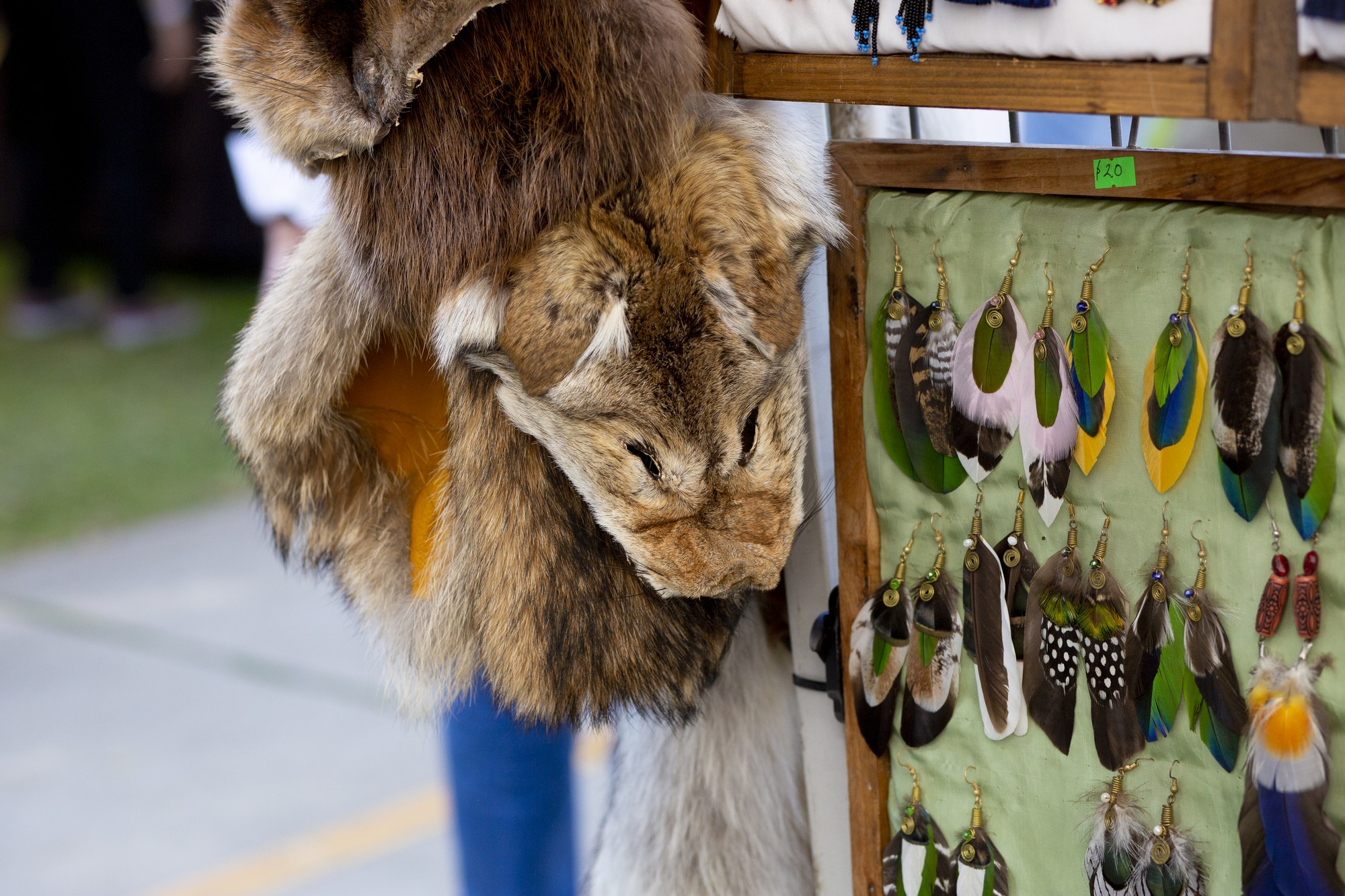
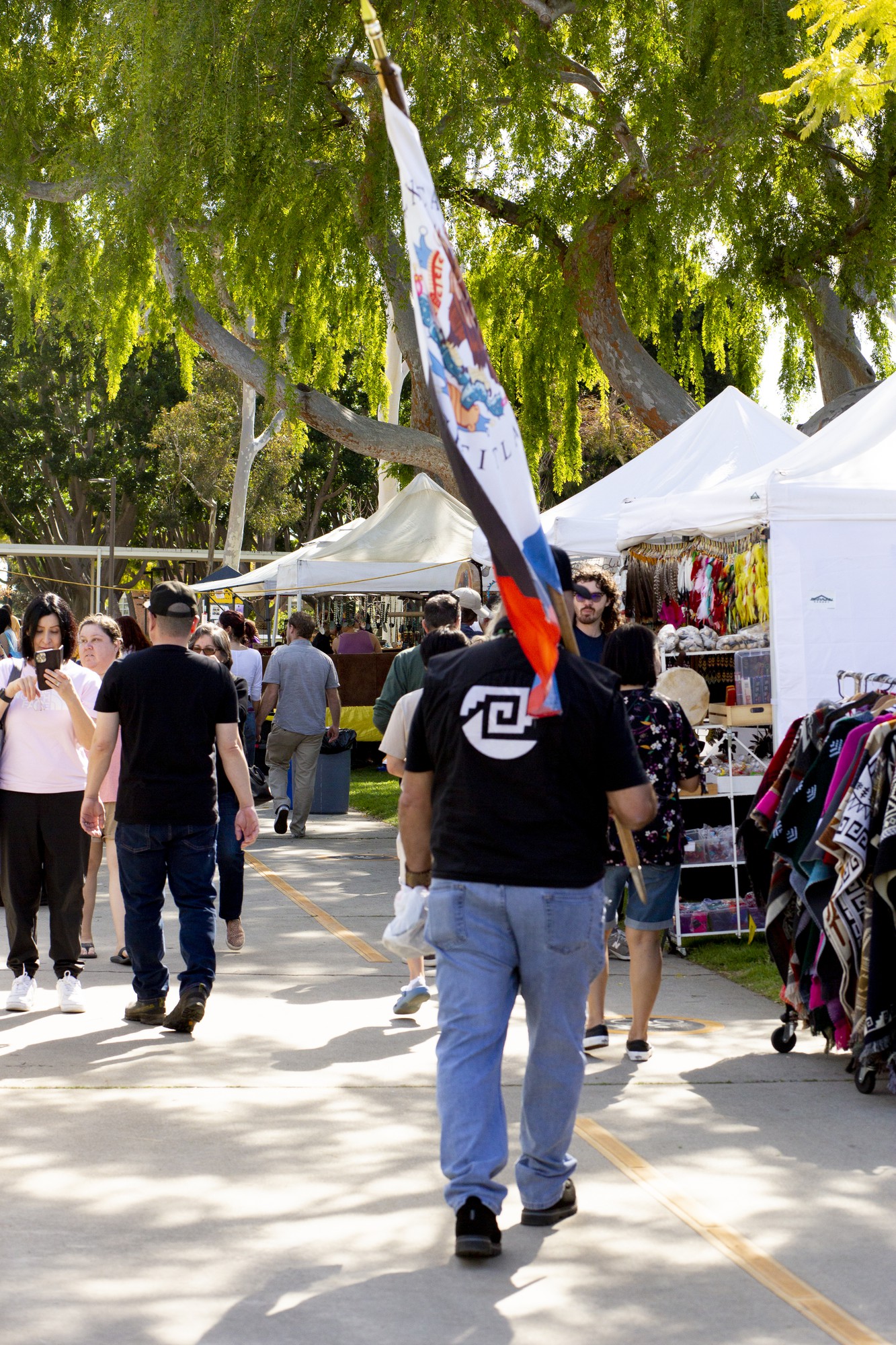
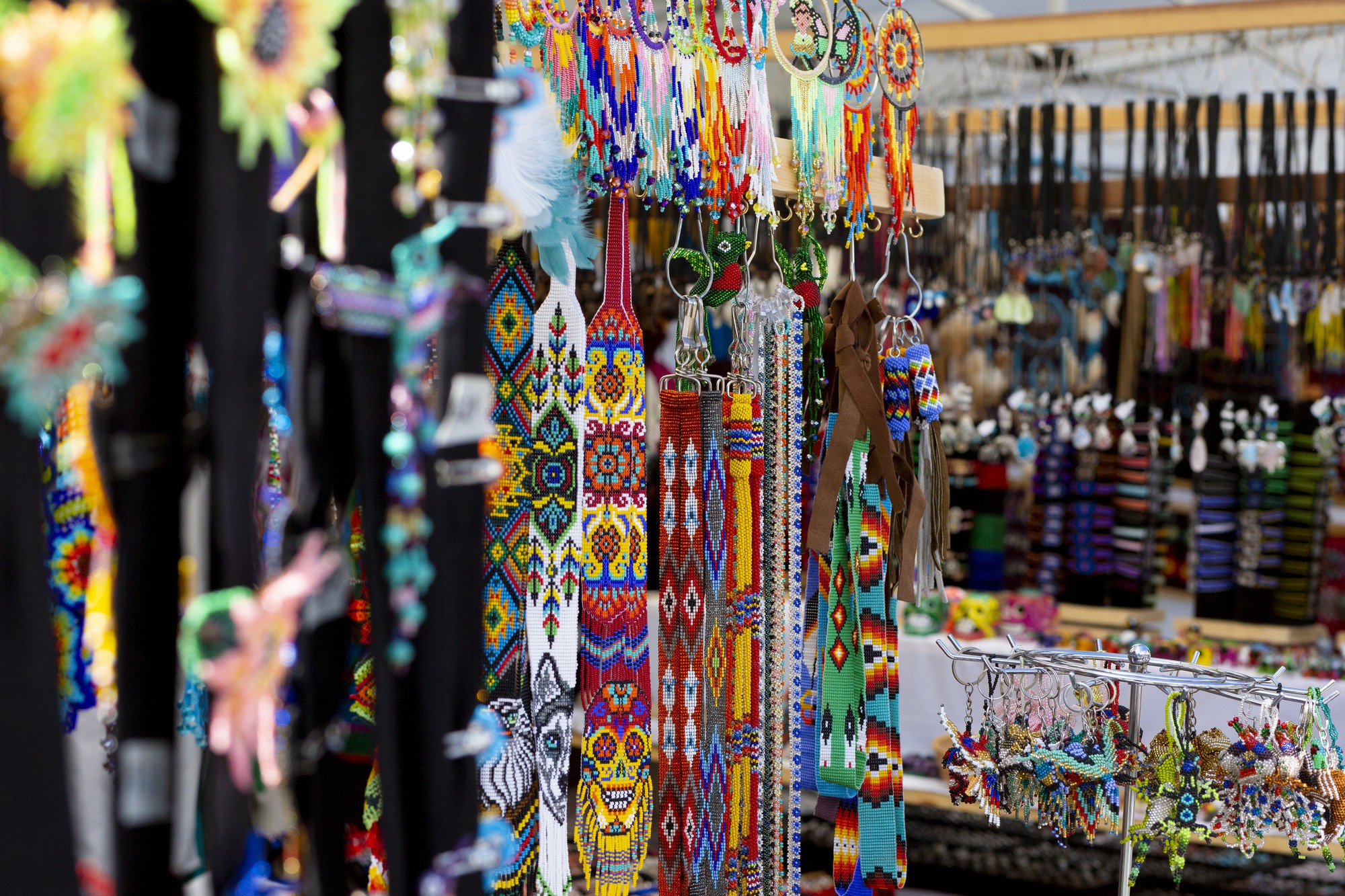
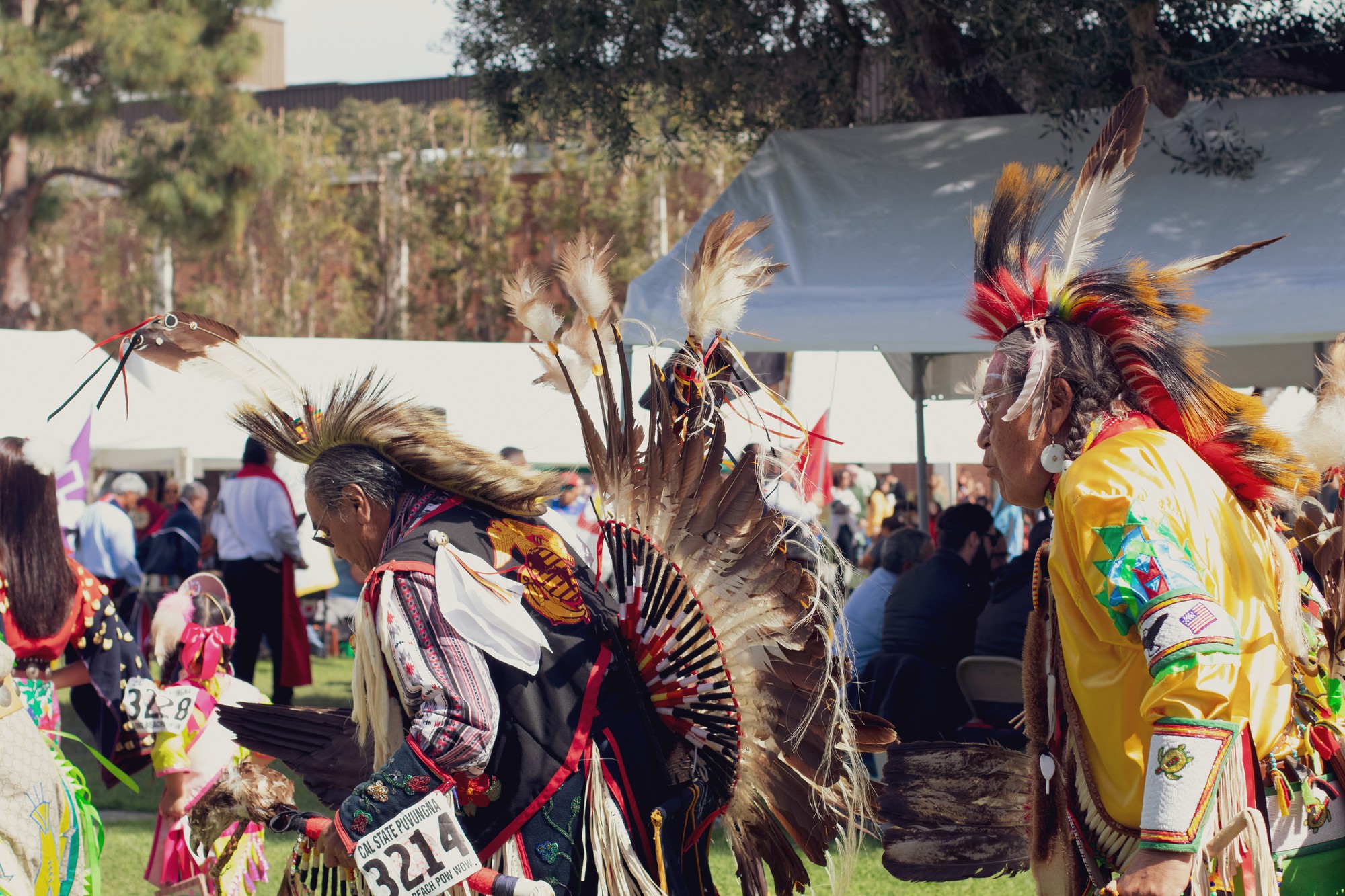
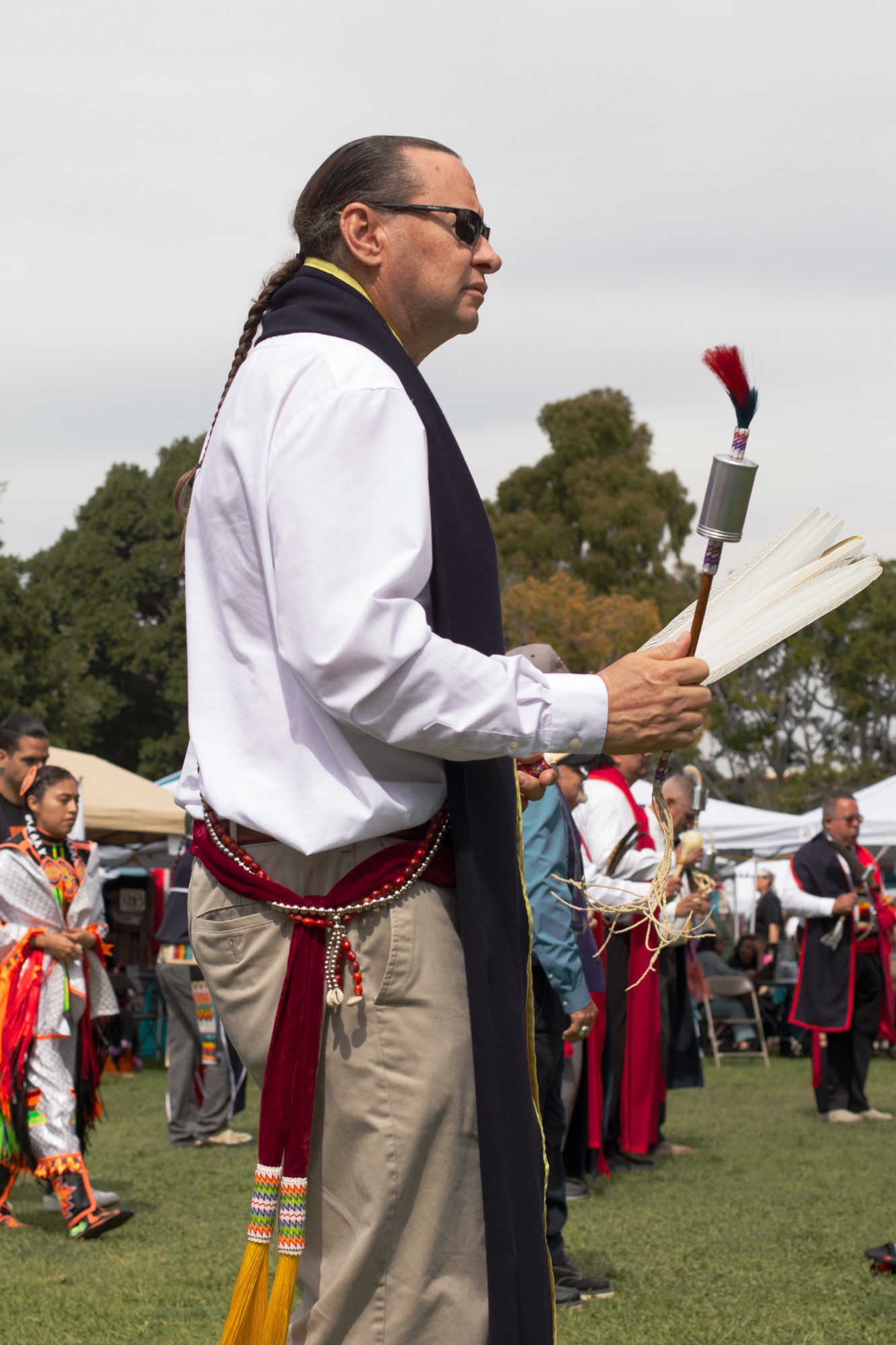

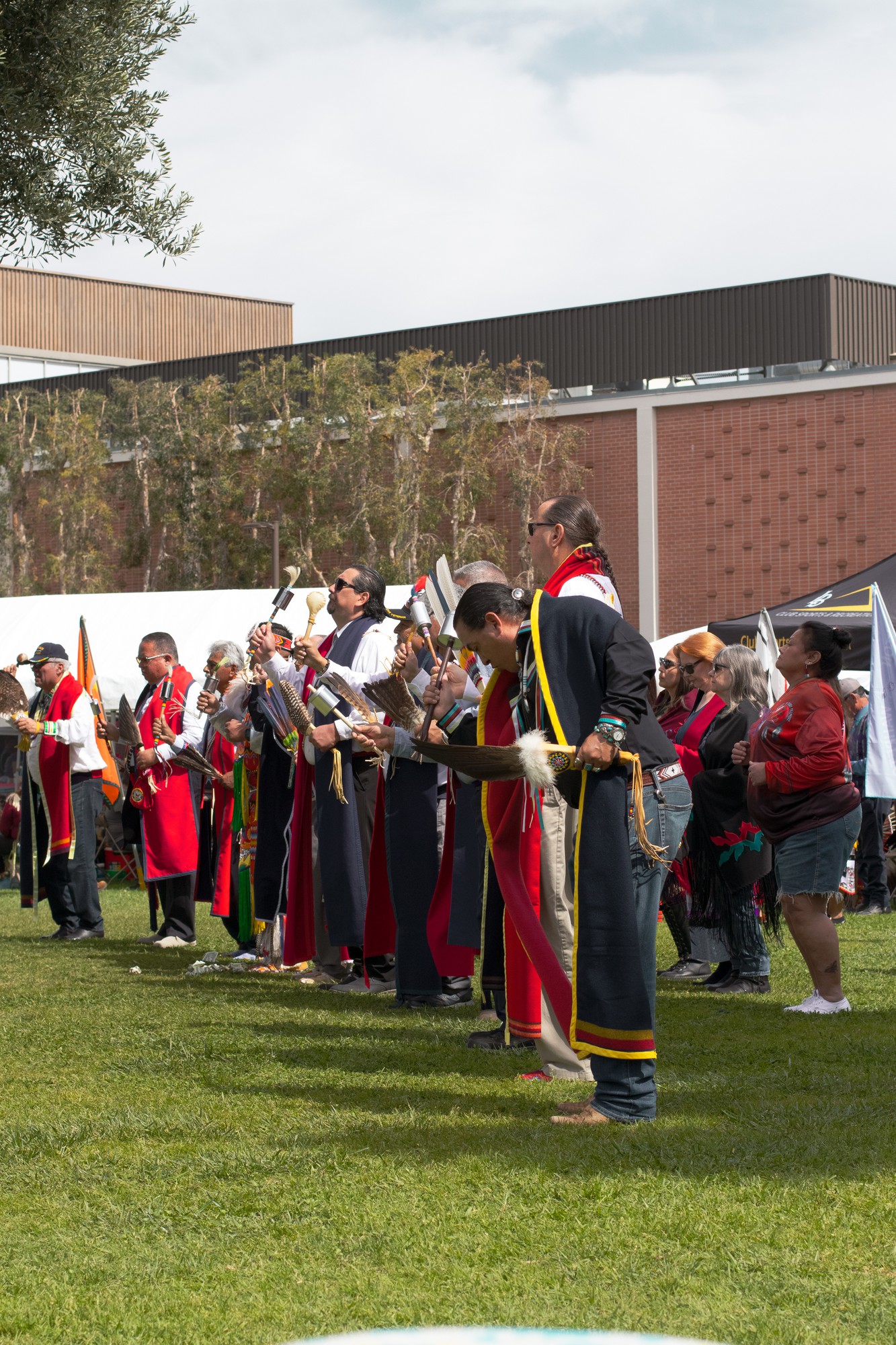

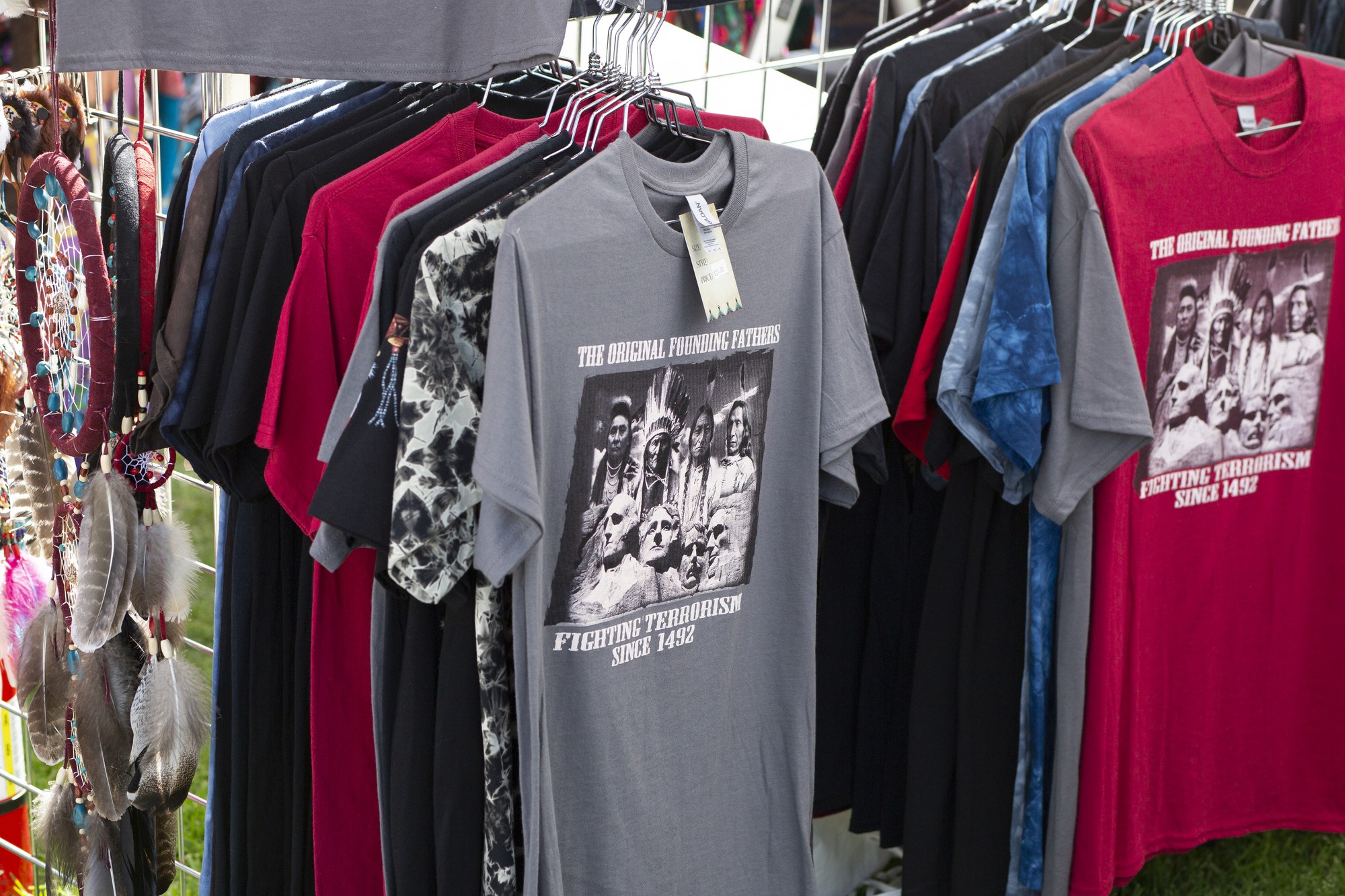

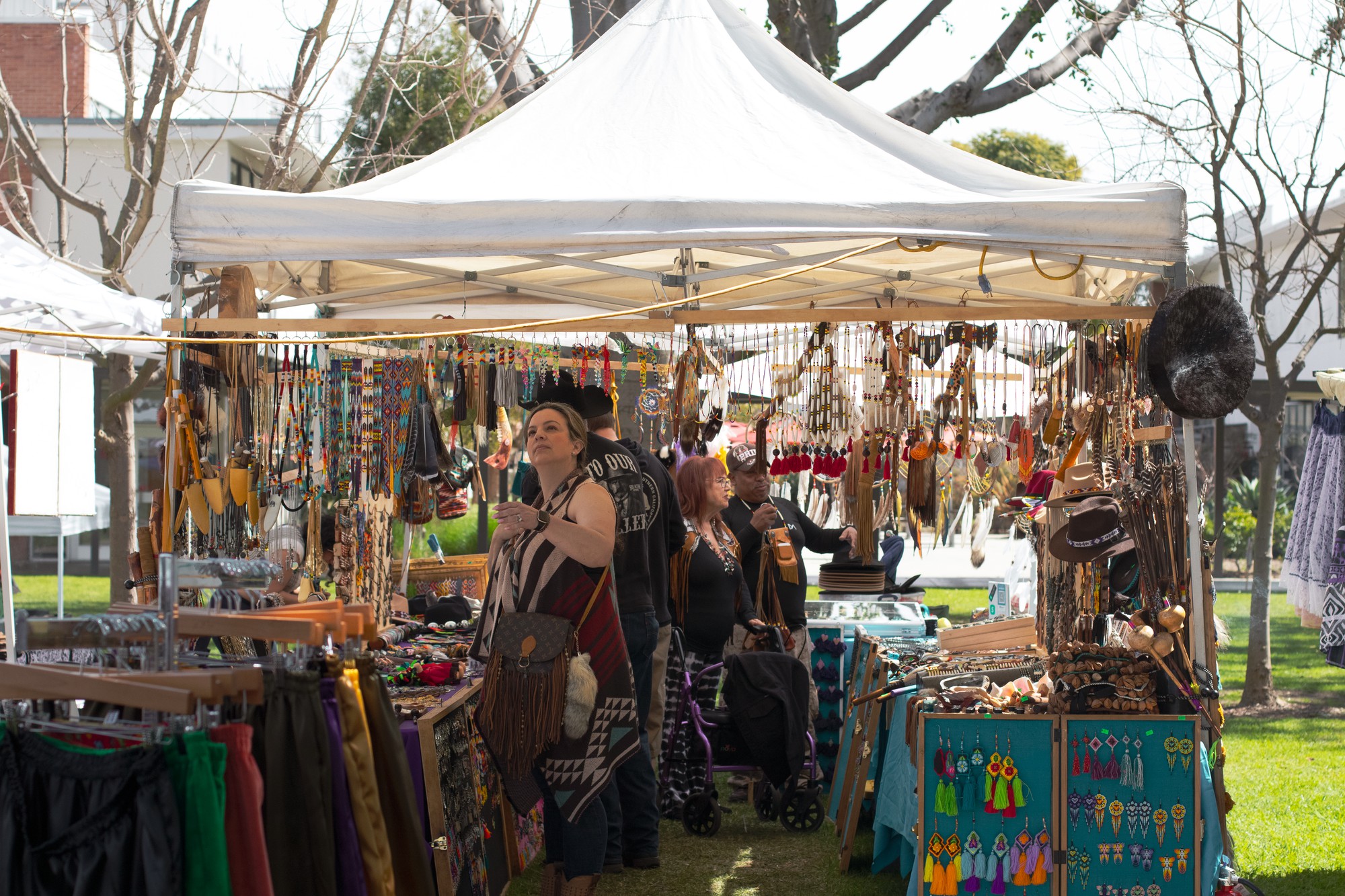
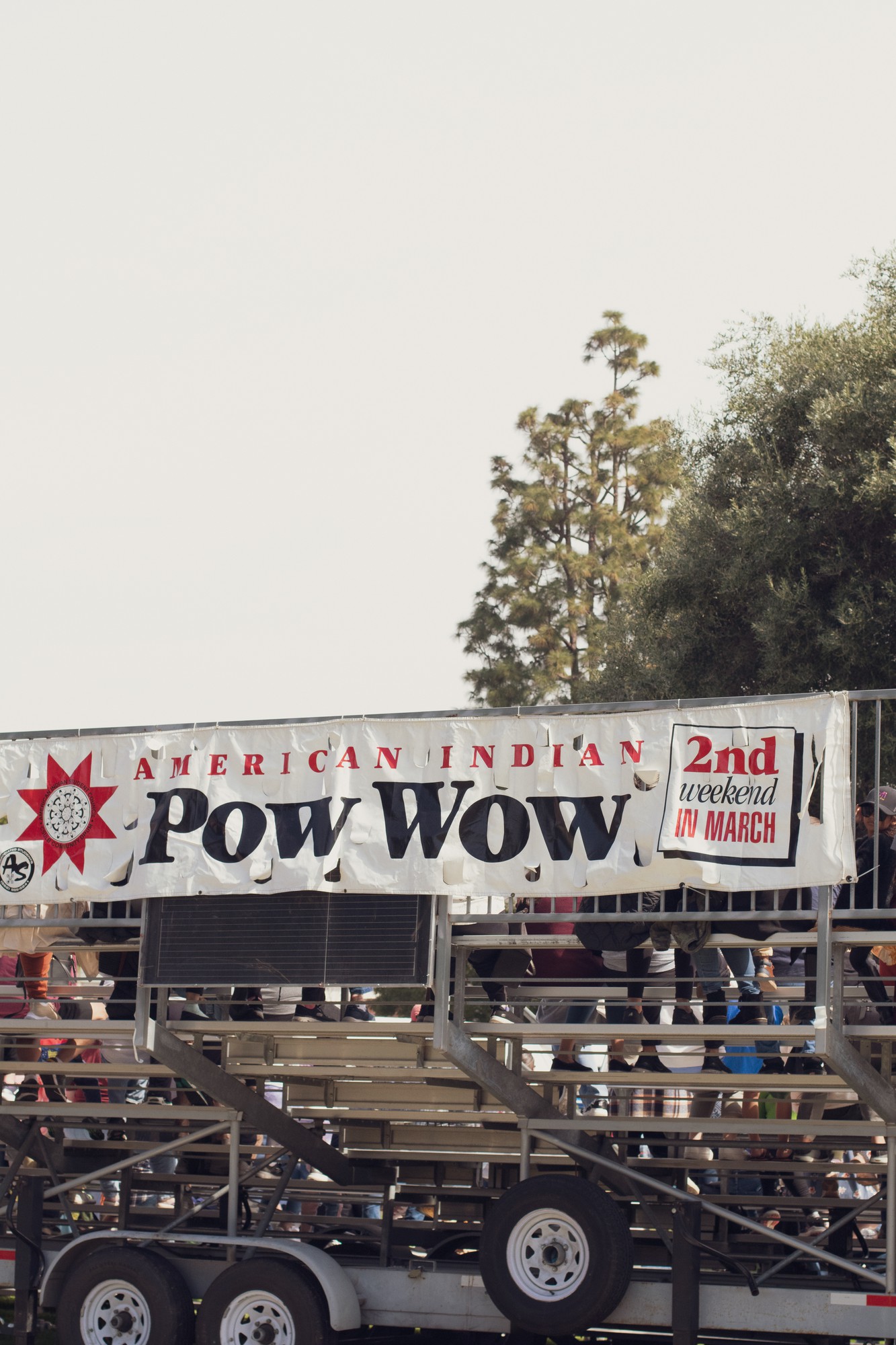
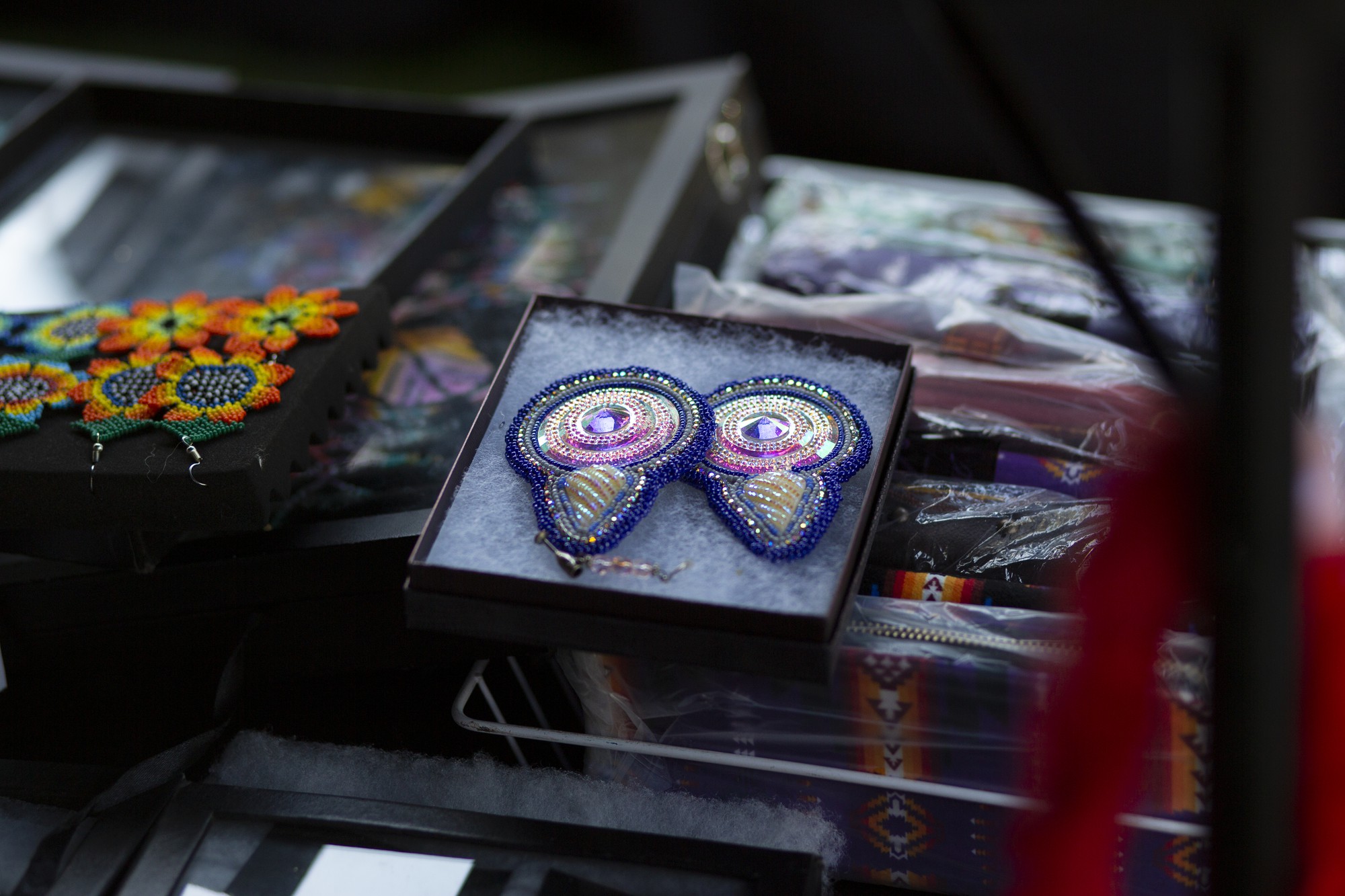
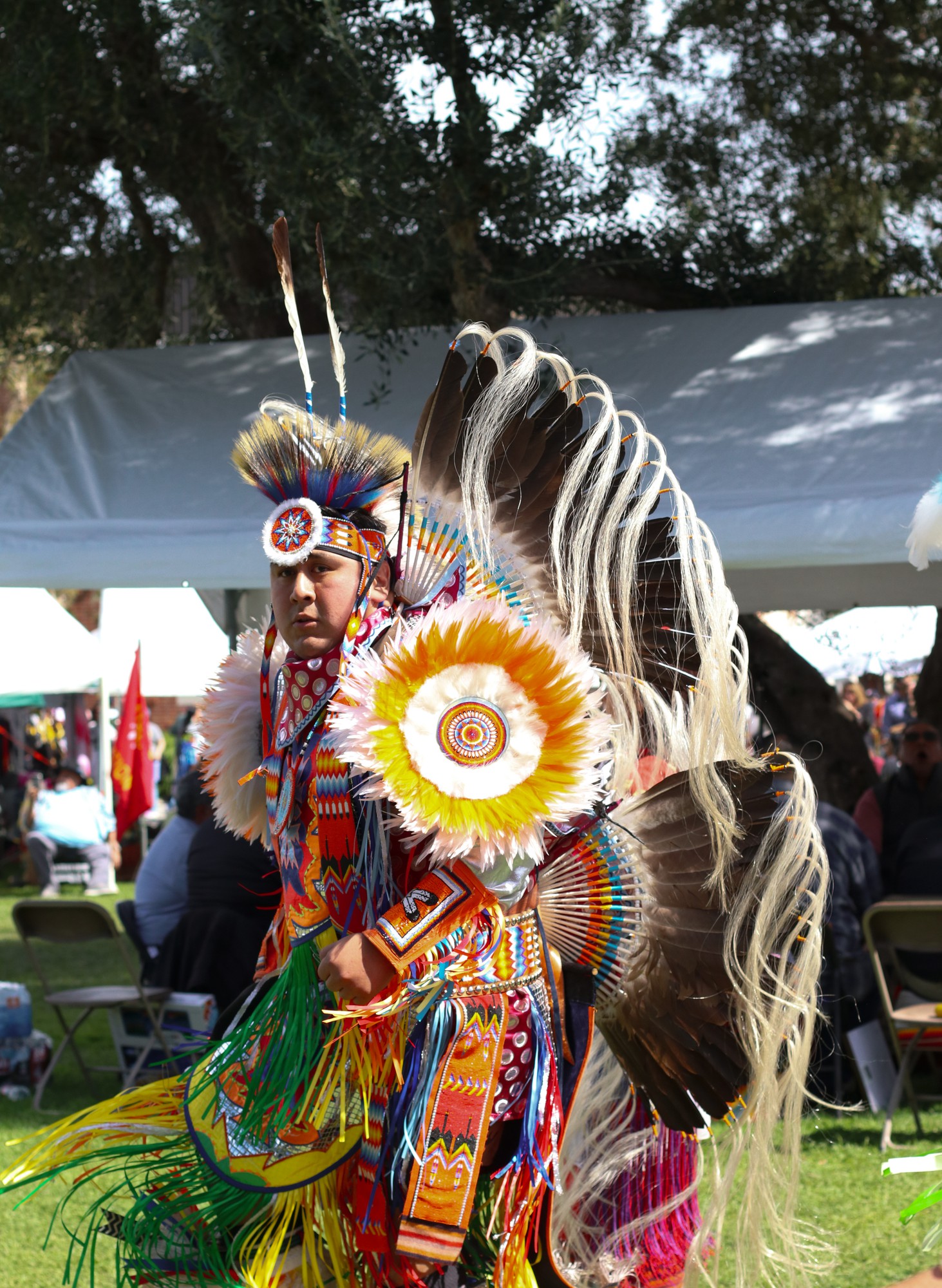
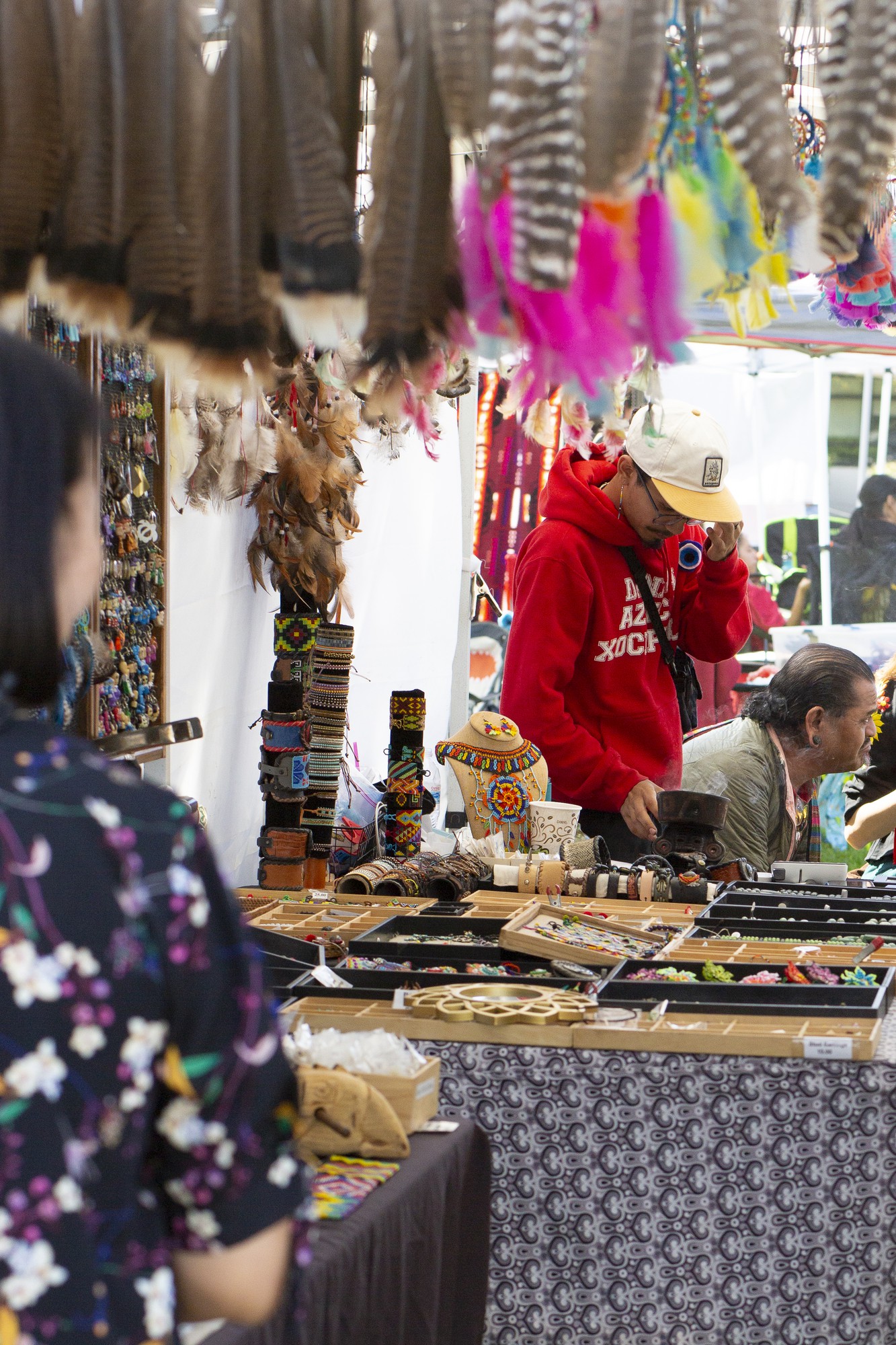
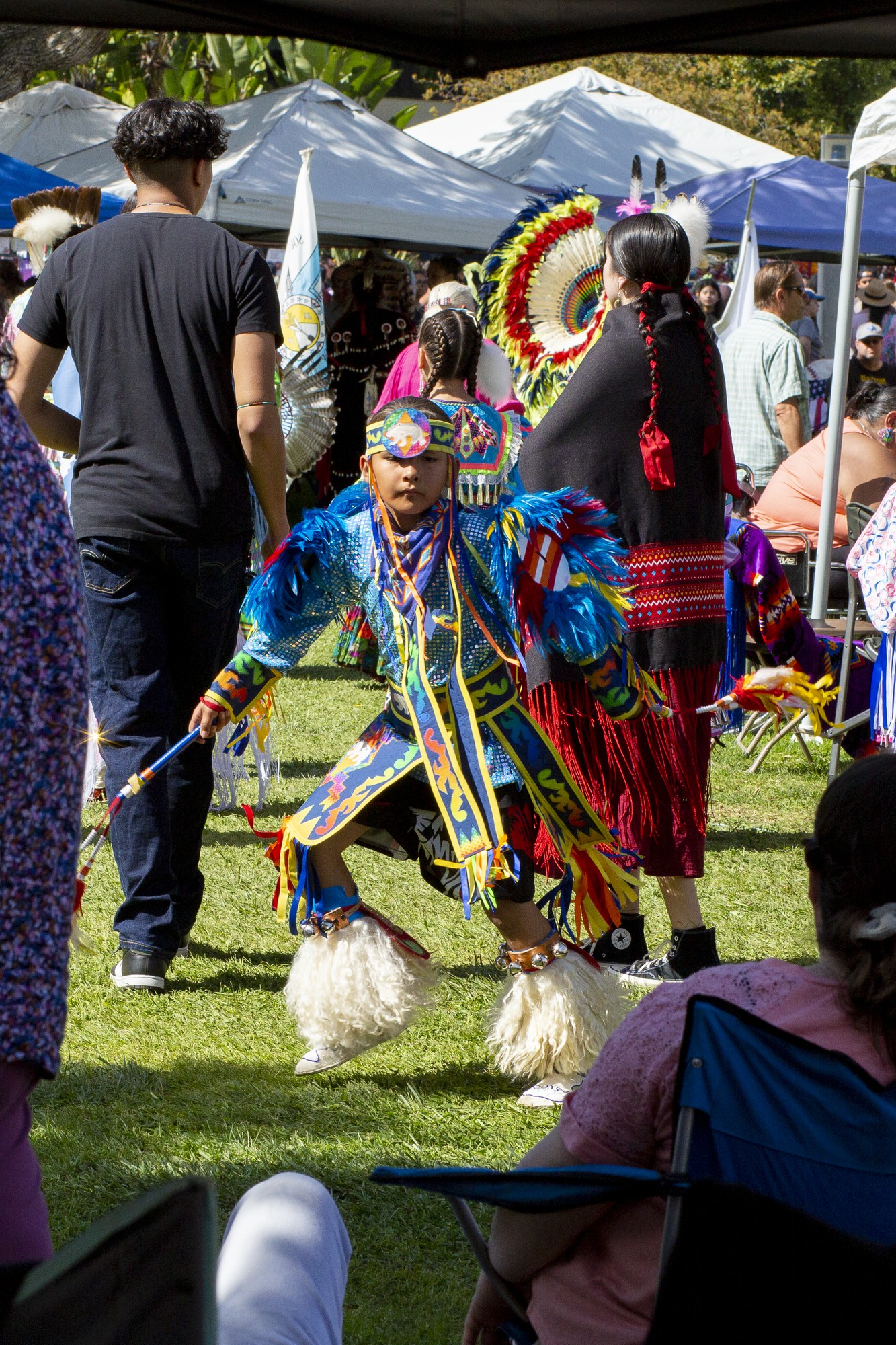
The Pow Wow is a collaborative effort by the American Indian Studies Program, American Indian Student Council, Division of Student Affairs, Student Life and Development and Associated Students, Inc.
The two-day event began with gourd dancing, a Kiowa warrior dance traditionally performed to honor battles. The event’s inner circle was reserved for dancing and ceremonies as vendors of all kinds took their place outside the circle.
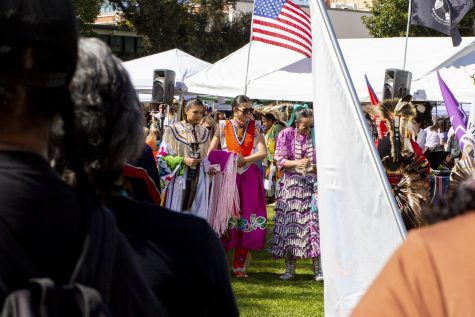
“The gourd dancing was taken from our people by the government and so we try and carry on these traditions today and keep it alive in memory of our ancestors. It’s very sacred to us,” said Johnny Chacon, who is also known as “Chidn,” which means “ghost rider” in Apache.
Vendors sold different goods, ranging from traditional Indigenous foods to handmade jewelry and clothing. For Nayely Alvarez, making and selling jewelry is a way to share her culture as a curandera, a traditional Native healer in Indigenous Latin America.
“Since I was a child I loved jewelry, and I said one day when I grow up I’m going to make some for myself,” Alvarez said. “I feel the energy from the stones. I don’t even know what I’m going to create until the stone talks to me.”
Many of the vendors travel to Pow Wows across the West Coast to sell their art, such as Vicky Vasquez, an Indigenous Aztec whose family comes from New Mexico. Vasquez makes ceremonial items such as knives and arrows, many of which include feathers.
“I try to collect the feathers because I believe the feathers have the spirit of the animal and my ancestors taught me that we can get strength from the animals,” Vasquez said.
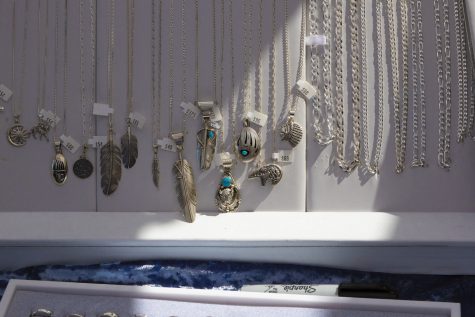
The Pow Wow is not only a place to sell items, but also a place to share culture and pass down long-held traditions to new generations.
“It’s super important to have these events because we’re a big community. It’s a way to keep the culture alive. Many people make handmade art, they learn to do it their whole lives and we pass it on,” Vasquez said.
Chacon said that his main motivation for coming to Pow Wows and dancing lies in sharing the sacred traditions with the spectators.
“I come for God. I come for my ancestors, for my family and friends. I come for the spectators and those who do not know our Indigenous ways,” Chacon said. “My prayers go into these dances and you will see it. You will feel it.”
While the Pow Wow serves to connect Indigenous people with each other, it is also an opportunity for non-Indigenous people to learn about the culture.
“I’m glad the Indigenous people are able to express themselves this way,” Long Beach resident Sharon Clinton said. “Indigenous people and African Americans, we have a lot in common, a lot has been taken from us. But we still survive and that touches my heart.”

